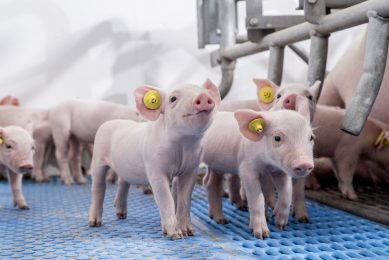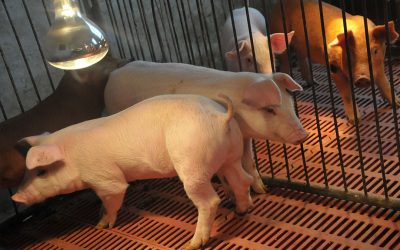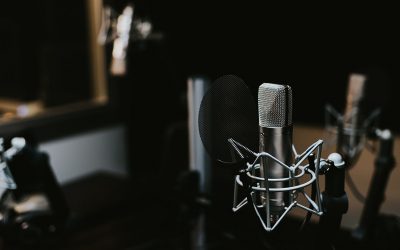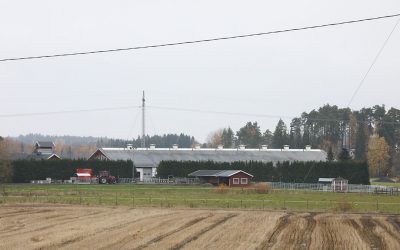Russia’s animal protein for feed industry is expanding
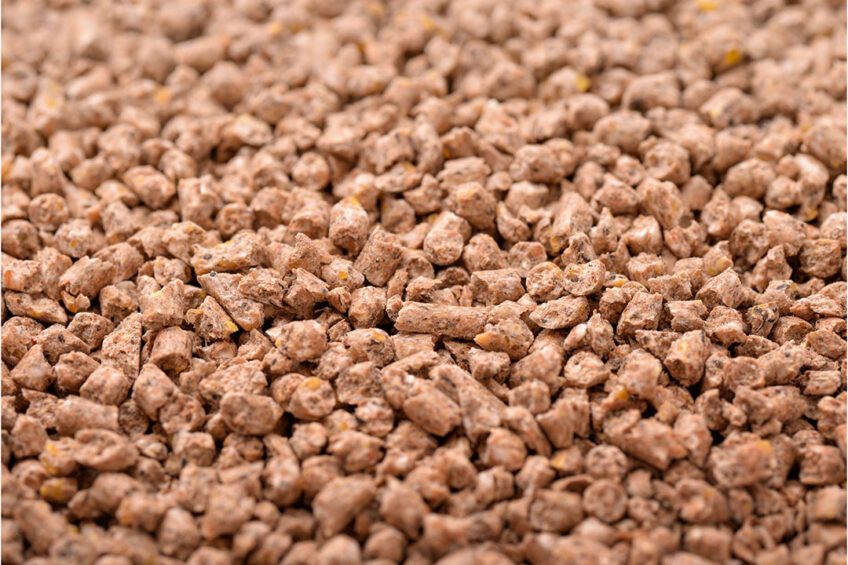
Over the past decade, animal protein production used in feed in Russia expanded by nearly 50%, and this trend is likely to continue.
Russian animal protein production used for feed is projected to reach between 870,000 and 900,000 tonnes in 2023, adding 7-10% to last year’s level, Lybov Savkina, commercial director of Feedlot, a Moscow-based think tank, outlined during the ProteinTek conference.
Nearly half of Russia’s animal protein production is comprised of meat-and-bone meal, while fish meal accounts for 20%, meat meal 13%, feather meal 12% and blood meal 2%, she estimated.
In 2023, the growth in the sector will be primarily secured by blood and feather meal. Fishmeal production is also on the rise, expected to reach between 170,000 and 200,000 tonnes.
Russia’s feed industry benefits from this capacity expansion as animal protein becomes more affordable. For instance, the average price of meat and bone meal in the country stood at 52 roubles per kg (US$0.53), against 57.6 roubles per kg (US$0.59) in 2022.
Industry leaders drive growth
Russia’s largest meat companies have heavily invested in animal protein production over recent years in a bid to manage production waste more effectively.
“Today, large meat companies run workshops around processing offal, bones, and blood into a meal used to manufacture animal feed and pet food. The top 10 largest meat and bone meal manufacturers in Russia account for about 35% of total output in the segment,” Savkina calculated.
Fishmeal is destined for export
In 2022, Russia exported 160,000 tonnes of animal feed protein, of which 156,000 tonnes was fish meal, Savkina added. Nearly 89% of the Russian fishmeal capacity sits in the Far East, thousands of kilometers away from the European part of Russia, where animal feed consumption is concentrated.
Fishmeal is primarily manufactured by fishing companies and exported to other members of the Eurasia Economic Union, as well as to South Korea, China, Vietnam, and Turkey.
Russian fishmeal production is projected to grow in the coming years, thanks to the development of the fish farming industry in the European part of the country and a so-called investment quotas programme in the fishing industry under which the Russian government distributes fishing quotas in exchange for investments into new capacities.
Last year, Russia also imported 27,000 tonnes of animal protein. Belarus was the leading supplier, but 11,000 tonnes of products came from outside the CIS region, Savkina said, not providing additional details.
Imports into Russia consists of meat-and-bone and fish meal, she added.




